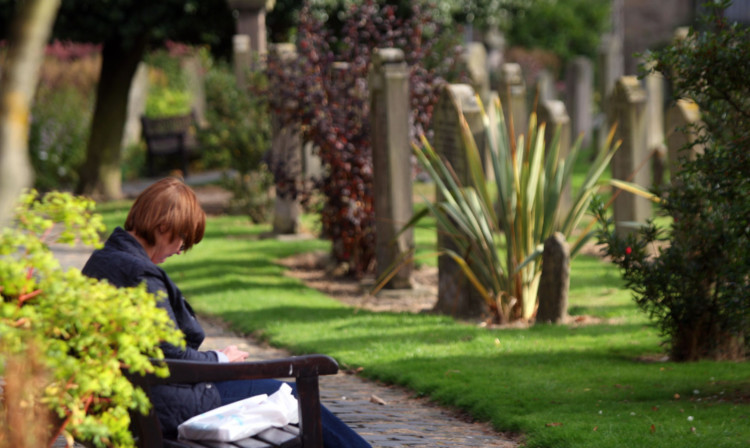Today the Howff cemetery in Dundee is a place of retreat and contemplation. But office workers enjoying a lunchtime sandwich are oblivious to the horrors once played out below their benches. The place was once so revolting, the chief gravedigger had to dose his men with spirits so they could stomach their work.
Reform Street residents turned up with barrows of earth to cover the human remains they could see from their windows.
When the Howff became a burial ground in the 1560s it was in the countryside. As Dundee’s population boomed, the cemetery became dangerously overcrowded, prompting a judicial inquiry in 1858 into its closure.
Both The Courier and The Advertiser exposed the practices in the Howff that the council and many citizens happily shielded their eyes from. The Courier calculated each lair had been filled up and emptied more than six times. In 1858 it was estimated there had been 15,000 burials in the previous 22 years, a figure argued over at the inquiry.
That is 375 tons of human flesh put down against the walls of the tall houses built around the Howff, thundered The Courier. There was no earth left there, just a collection of organic matter in a state of decomposition. Graves cannot be disturbed without setting free disease-producing gases. The place is pestiferous, said the paper.
Those lair owners who argued for the Howff to remain open did not question how a little patch of land could continue to accommodate burials of a city of more than 100,000 people. The answer was a practice known as coffin smashing. The dead did not get much more than a few years’ peace.
If space was required in a lair, the sextons would dig up the occupants, smash their coffins and remains and use the material to back fill and level the surface of other graves.
Former gravedigger James Kettle told the inquiry his men needed spirits to stick to their ghastly task.
Neighbours spoke of bones with flesh on them and the entire coffins of children being cast from graves. Kettle was driven from his sacrilegious work by the dreadful smell of tarry material oozing from the side of graves.
The Advertiser warned that if the scant surface of the Howff was removed, the whole town would be poisoned. Reporters from the paper spent a day watching the deplorable desecration taking place in the Howff.
They described the shovel of a gravedigger smashing a coffin just an arm’s length below the surface.
But there were some strong supporters of continued use of the cemetery. One undertaker argued the exhalations from the Howff were refreshing and appetising.
The gases from the thousands of recently buried corpses ascended readily through the ground like a sieve and made the air so balmy that some walked there after a shower for the benefit of the salubrious atmosphere, said the undertaker.
In 1860 burials ceased.
If you are in the Howff today, enjoy your sandwich.
